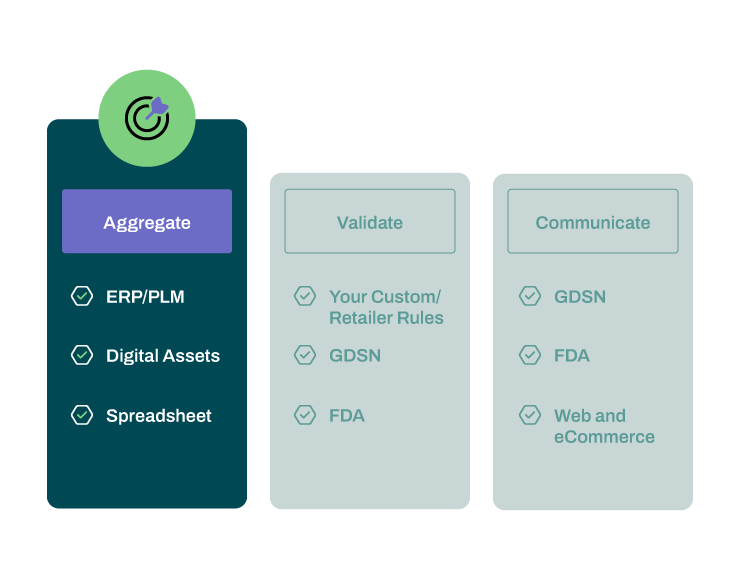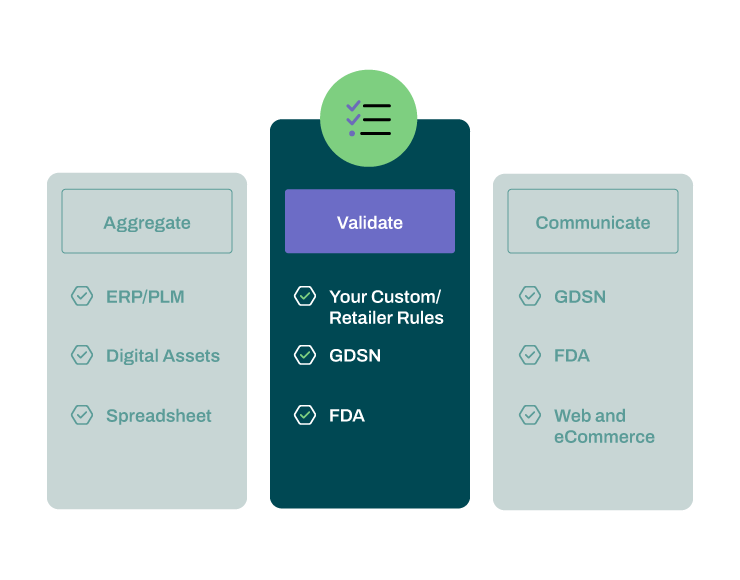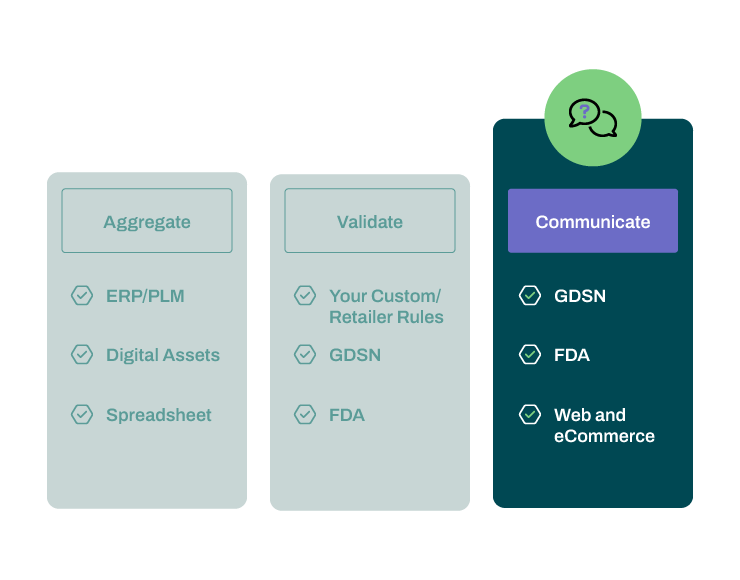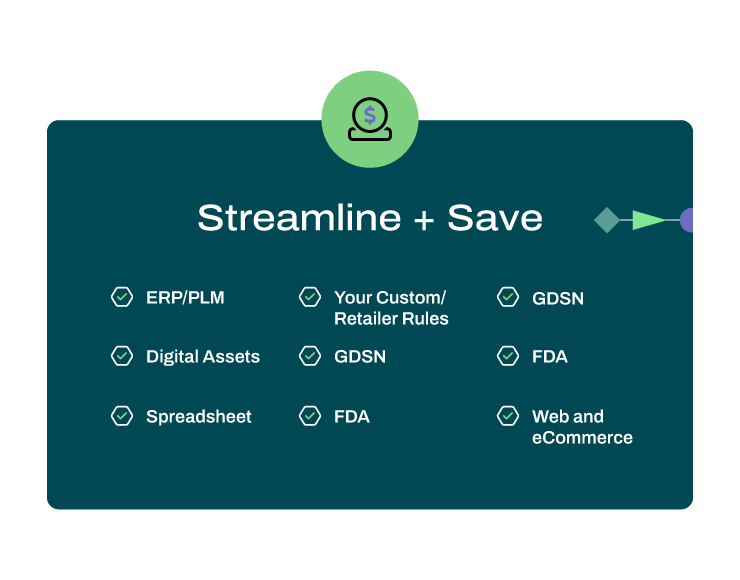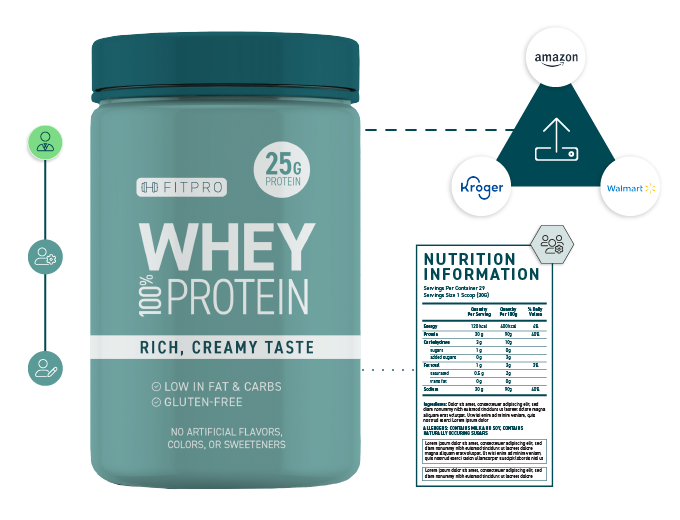
Produktinformationsmanagement-Software (PIM).
Automatisch prüfen, zentral speichern und einheitlich publizieren. So arbeiten wir mit Product-Content.
Vereinfachen Sie die Verwaltung und Implementierung Ihrer Produktinformationen mit der PIM-Software von 1WorldSync, damit Ihre Stammdaten immer zentral abrufbar und über alle Kanäle hinweg korrekt und einheitlich sind.

Produktinformationsmanagement leicht gemacht
Data Sync Direct harmonisiert Ihre Datenmengen und Dateninformationen, unabhängig von der Größe oder dem individuellen Anwendungsfall.
Workflows & Validierungen
Schützen Sie Ihre Marke und verbreiten Sie keinen uneinheitlichen Product Content. Dies kann den Workflow bei Handelspartnern uneffizient machen.
Daten zentrieren
Integrieren Sie Enterprise Resource Planning (ERP) und andere interne Systeme, um von einer zentralen Datenquelle zu profitieren.
Erfüllen Sie die GS1-Standards
Stellen Sie sicher, dass Produktinhalte, die zwischen Handelspartnern ausgetauscht werden, alle regionalen und behördlichen Standards berücksichtigen.
Data Sync Business Process Integration Engine
Kommunizieren Sie Ihre Daten nahtlos mit Ihren Handelspartnern in deren bevorzugtem Format.



